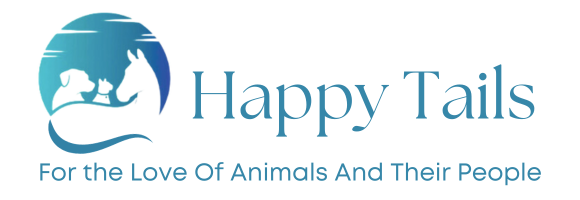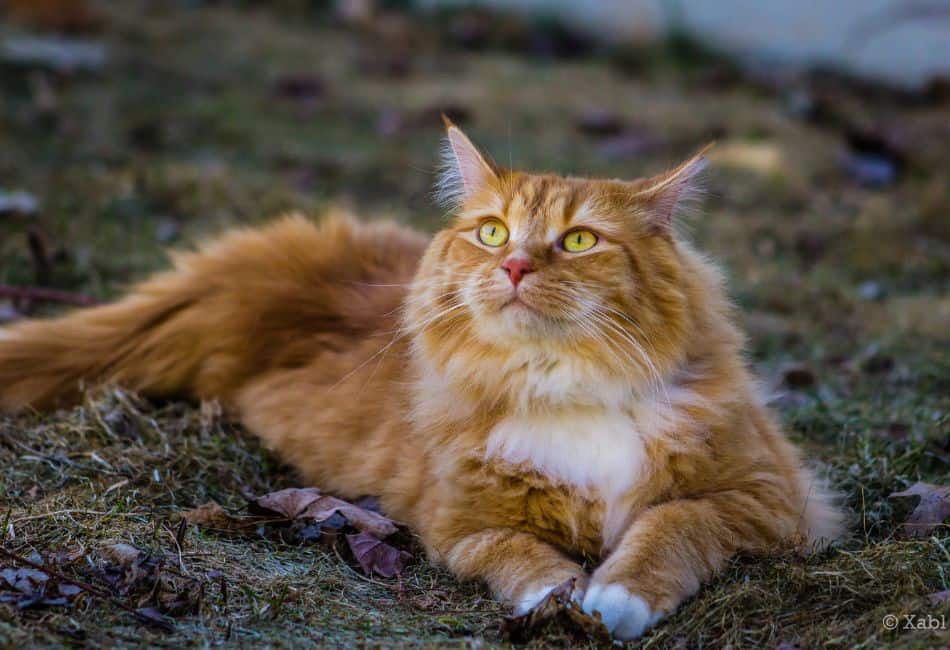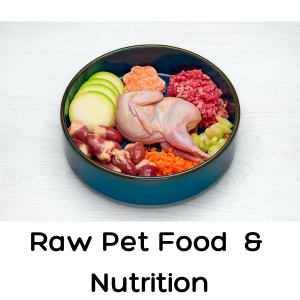All animals are sentient beings but since the question, “how long does a cat hold a grudge?” is referring specifically to cats, let’s talk about cats. First of all, sentience is defined as having a conscious awareness: the ability to think, feel emotions, perceive and experience life.
The question is really about the ways that you notice them acting differently. Does your cat seem less affectionate? Acting aloof? Not taking interest? Possibly biting, hissing, or scratching? Hiding in unfamiliar locations? Even avoiding eating? Do you want to understand why your cat appears to be holding a grudge but is really communicating something to you?
Presented here are some concepts to consider and ideals to implement to resolve the most common in-harmonies.
Near the end of this post is a glossary for you that explains any words in bold type.
Is It Really A Grudge
Animals live in the present moment and are incapable of holding a grudge as humans tend to do. Cleveland Amory once commented that “As anyone who has ever been around a cat for any length of time well knows, cats have enormous patience with the limitations of humankind.” Cats don’t hold grudges, but instead are communicating to you that something is not right in their world.
We humans often anthropomorphize our pets and other animals, interpreting their behaviors and emotions to human characteristics. Though animals feel emotions, the don’t have motives as humans do. They are honest in their communication. Describing cats as passive~aggressive is another misnomer, changeable and spontaneous is certainly a more accurate descriptive. Grudge is a hard word to try to define a cat by or any animal.
The truth is that we have a lot to learn from the other creatures on Earth and the way they communicate. Because they don’t use words, it’s on us to focus on what they want to convey. Please join along as we consider our feline friends’ most critical needs and what they’re trying to tell us.
What’s Upsetting Your Cat?
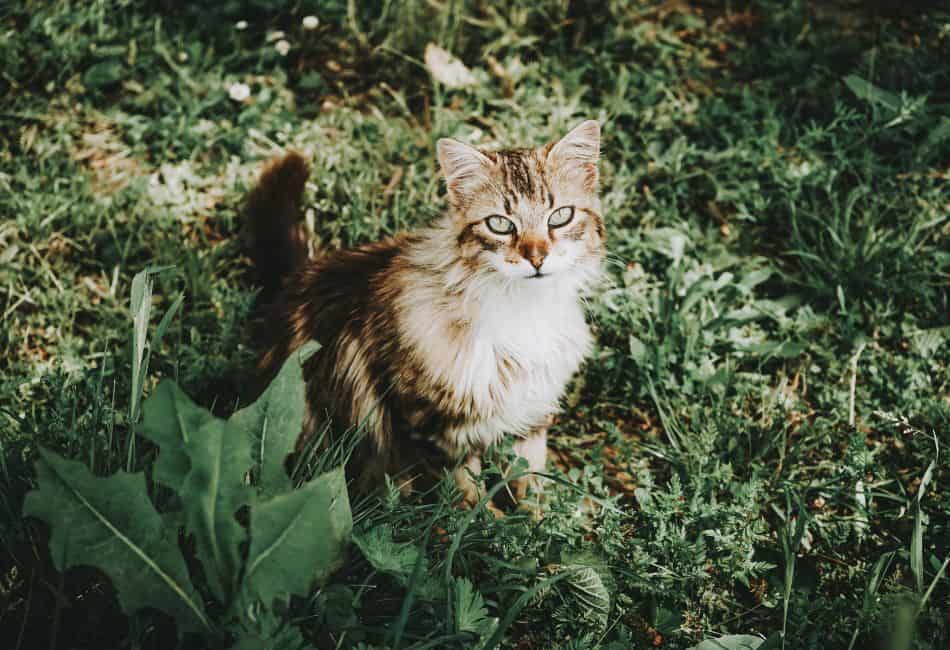
The general answer is CHANGES — internal or external changes in their world. Environmental changes, something we all experience, can be challenging:
- A recent move or a rearrangement within the home: Cats like predictability even though they themselves are often unpredictable.
- A new dog or cat in the house might demand your attention or claim your cat’s territory.
- A new person or persons in the home change the “pecking order.”
- The loss of an animal or human member of the household: part of the family is suddenly gone. Cats grieve just as dogs, rabbits, birds, horses, and other pets do.
- Schedule changes: Is your cat missing your special time together?
- Dietary changes, especially to a less healthful diet, can upset your cat. We’ll talk more about that momentarily.
Internal changes might include the following:
- A poor diet deprives your pet of the necessary nutrients needed for survival and maintaining a calm temperament. You want to know “how long does a cat hold a grudge?” A better question is “How long does a cat act HANGRY?”Diet is one of the most important things to take the edge off a crabby cat’s disposition. *See below for information on diet.
- Toxic environments both indoors and out will silently dose your feline with dangerous chemicals, slowly affecting everyone who spends time there.
- Chemicals and particles of manufactured cat litter can be inhaled or licked off the paws, building up over time. Choose clean, chemical-free, natural cat litters.
- Any medical condition that makes your cat feel weak or ill can generate symptoms such as skin sensitivity, pain, isolating behavior, loss of appetite, and crankiness.
“Diet is one of the most important things to take the edge off a crabby cat’s disposition”.
But how do you know when to take your furbaby to the vet? Check out our Happy Tails post to learn the answer to that question. Many pet lovers are finding that some of the most open-minded veterinary care is offered by clinicians who practice holistic medicine: blending the best of standard modern methods with more natural and traditional methods.
How Often Do You Take A Cat To The Vet? Complete Guide 2022
Their goal is to treat the entire animal as an individual with emotional and social needs as well as physical needs involving all of the body’s systems. The American Holistic Veterinary Medical Association provides a directory of holistic vets updated as new information comes in.
A final thing that is upsetting to your cat is baggage. It’s not your fault. This popular psychological term refers to the weight of the past that individuals drag around with them whether they need it or not. A feral cat or an abused cat suffering from physical and emotional trauma will need time to feel safe and build trust.
Such a soul will eventually respond to your patience, love, and proper nutrition. It’s not a grudge but rather a communication and possibly a personal history of being deprived of safety and security.
What Cats Love
How long does a cat hold a grudge? A better question is, “How long does a cat feel gratitude?” Do you want to research the answer? Here’s how! Offer these to your cat:
- Good food and water
- A clean and private bathroom space
- Safe exposure to the outside world (smelling, seeing, and hearing), whether on walks with a halter and leash, an enclosed tent with plastic windows, or an enclosed playpen; keep reading to learn about CATIOs!
- To be able to watch birds
- Places to claw and scratch
- High places to climb and perch
- Hidey-holes
- Naps in comfy places
- An interesting and stimulating environment to explore
- To groom and be groomed
- Daily playtime
- To be with you
How Does A Cat’s Diet Affect Mood?
Yummy food and yummy water! Feeding your kitties right will not only extend their lifespan and promote wellbeing, but will also keep them content and relaxed.
Cats eat all kinds of things that seem repulsive to humans, but you probably eat things that seem repulsive to other humans, isn’t that right? To thrive, cats need fresh, nutritious food. They don’t eat dry kibble in the wild.
Not only do they devour the muscle meat of prey animals, but also organ meats such as the heart, lungs, liver, stomach, kidneys, and more. They devour the soft bones of small prey to satisfy their need to bite and chew.
Given the opportunity, your precious baby will often eat the entire body. Taurine is a building block of certain proteins that comes from fresh animal sources. Humans and certain other animals can manufacture it but cats can’t. They must consume it daily because their bodies can’t store it long.
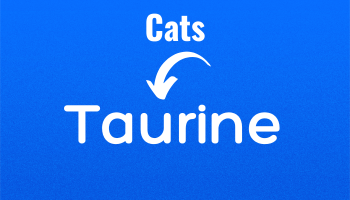
Did you know the absolute best source for taurine? Mice! No wonder the ancient cats decided to hang around farms! The most convenient source is a raw food diet because taurine is found in abundance in MEAT. Hence, the drive for mice …..
So what does “high quality” mean, anyway? We hear that term in advertising so much that we often tune it out. It’s real, though. Poor quality cat food means cheap fillers, uninspected meat scraps, additives including dyes and preservatives, overcooked ingredients containing few nutrients, and little taurine.
What Is A Biologically Appropriate Diet
The ideal diet is fresh, organic, well-balanced in the right proportions, and raw when possible. In the wild, cats are obligate carnivores but do consume a variety of available foods including grasses as well as some veggies and fruits. Domesticated pets prefer a varied diet the same way you do.
BARF-type diets are becoming increasingly popular. It won’t make your pets barf! B.A.R.F. stands for Biologically Appropriate Raw Foods. You can make it yourself but it’s important not to slack or your cat will suffer for it. You can add BARF-type supplements while maintaining the usual diet. You can also purchase fresh ready-made feline BARF foods.
Water is a nutrient, too. Although felines in the wild get much of their water from the food they eat — fresh, juicy prey animals — your kitty cat will appreciate several bowls of clean water (bottled spring water or quality filtered) in various locations. Be sure to place them in quiet spots away from the litter box.
A fun fact: cats LOVE running water! They love the sound, the flickering light and movement, and the freshly oxygenated taste. They love to play with it, as you might have observed in your kitchen or bathroom. Many cat lovers buy portable water fountains just for their furbabies. To learn more, look at our post on the best way to provide cats with the water they need.
Heaven on Earth: A Catio
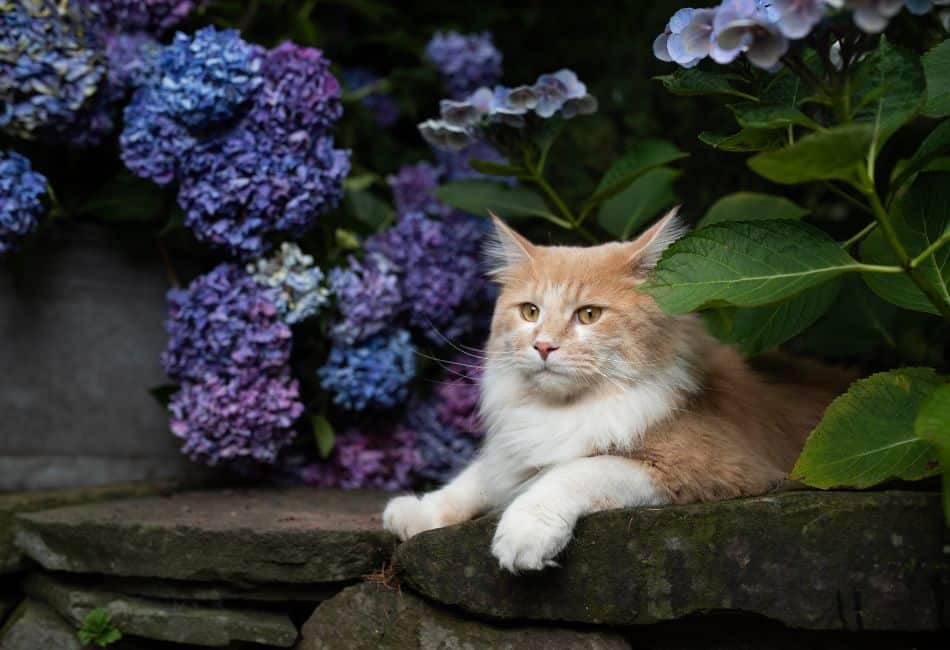
A catio is just what it sounds like: a cat patio. Picture the most perfect patio imaginable with food, drink, comfy places to lounge, lots of green plants, viewing spots to watch the world, and guaranteed safety so no unwanted people or critters can invade your peace.
Cats not only want this but need this, with a few modifications. Watch the video link above to get ideas about different kinds of catios you can construct. Read over our list under the heading “What Cats Love” above. And check out the information on catios in our Happy Tails post. One of the lovely things about a catio is that you and your kitty can enjoy it together.
“Cats Are So Independent” — Sometimes!
Except for lions, most all felines are solo hunters. Nevertheless, just as the ancestors of dogs split off from their common wolf forebears, housecats developed from small cats from the Middle East. Scientists believe that cats and humans have been associating with each other for about 12,000 years, about the time that the practice of agriculture began.
Some say that kitties chose to domesticate themselves! Unlike dogs who assisted with the hunt, cats didn’t assist with anything. They did go after the rodents that invaded the grain harvests, and they also cleaned up the leavings from successful fishing expeditions. As Kristin Cast quipped, “Cats choose us; we don’t own them.”
A Little Feline History
Domesticated cats likely spread from the Middle East to the rest of the world on ships where they kept down the rat population. They also provided amusement and affection for bored, lonely sailors on long voyages.
Modern cats have adapted well to living with and near humans. Feral cat colonies consist of loosely associated groups of neighborhood cats with a social structure that shifts as group members come and go. Like the saying to follow the money, membership changes over time depending on the availability of food and shelter.
Unlike their wild ancestors, today’s domestic cats readily form bonds with other animals. Social media delight in videos of cats cuddling with dogs, ducks, parakeets, chickens, lizards, and more. The list is endless. How long does a cat hold a grudge? In fact, felines seem more likely to hold love in their hearts.
Understanding Cats & Cat Psychology
Cats are misunderstood by many people. Expecting a cat to respond like a dog will result in disappointment. Yet those same people who think like that would probably never expect their horses to think like cattle.
The psychology of hunters is different from the psychology of prey. Hunters must be alert, smart, curious about their environment, and ready to crouch or pounce depending on the situation. They have to be fast and assertive. Like human warriors, cats are always in training to keep their skills sharp. Cats are incredibly sensitive beings who are affected by changes in their environment.
As a cat person, you’re well aware that your cat understands you and your language but doesn’t always go along with what you want. How long does a cat hold a grudge? They don’t hold a grudge. They’re simply responding to external and internal cues, hoping that you’ll understand when something is off.
You see why a catio meets so many of your pussycat’s needs.
Before You Hold a Grudge, Hold a Conversation
How long does a cat hold a grudge? While we do our best to provide you with accurate, up-to-date, and evidence-based information, you still need to consult with your furbaby to figure out what’s the matter. However, cats, as you know, don’t speak your language any more than you speak theirs. To communicate, felines use scent, vocalizations, body language, and tactile signals:
SCENT
Felines have special scent glands on their faces, foreheads, the soles of their paws, their genital areas, and other places. Whenever you observe them lingering over something (including you) and pausing for a moment, they are leaving their scent as a marker. Humans don’t consciously communicate with scent, but cats definitely do. “This human is mine!” “This is my territory! Scram!” “I’m the boss man here!” “Heyyy! I got some lovin’ for ya!”
VOCALIZATIONS
Experts in feline zoology were surprised to discover that except for basic messages, cats prefer to use scent and body language with each other. They use vocalizations for communicating with humans. Soft mews often indicate that they want something.
Loud repeated meows frequently indicate fear, pain, or anxiety. Purring usually means affection but just as a dog may wag its tail in submissive pleading, purring can express fear, pain, or anxiety. Screaming challenges at night need no explanation.
BODY POSTURE
From head to toe, cats communicate with their bodies. Ear position, eye gaze, head position, back flexion, fur fluffiness, and the amazing tail. Cat tails express an intensive array of messages. In brief, relaxed ears and eyes, slow blinking, kneading paws as if they were nursing their mother, and a softly waving tail all indicate calmness and contentment.
On the other hand, wide eyes, flattened ears, and crouching or creeping hurriedly away are signs of anxiety and stress. Don’t go after them but let them find a place to hide and feel safe.
TACTILE SIGNALS
Last but not least is the language of touch. Rubbing against your legs is a greeting as well as marking you with scent to indicate kinship. Head bumping, also called “bunting,” spreads scent and communicates that you’re buddies.
In the resources at the end of this post, we’ve listed a few detailed articles about cat communication that will be helpful. Your furbaby is sure to appreciate your efforts.
KEY TAKEAWAYS
-
Cats are sentient beings.
-
Cats don’t hold grudges. They remember experiences but their minds are geared toward survival.
-
When something is clearly wrong, then it’s up to you to explore what they’re trying to express.
-
Understanding cat psychology and communication is worth the investment of your time. The same goes for any animals with whom you interact, including human animals.
-
Having basic physical and psychological needs met is a key factor affecting a sentient being’s temperament and emotional behavior.
-
A nutrient-dense diet consisting of a variety of fresh foods in the right proportions is vital in enabling a pet to enjoy a healthy, happy, satisfied, and calm life.
-
A catio is a wonderful way to ensure your pet’s health and wellbeing
.
Misjudge a Grudge?
Now you see how the question “How long does a cat hold a grudge?” is really asking about what your cat is trying to tell you. Yes, you have misjudged a grudge. Your cat loves you and wants to be with you. Of all the wonderful things that humans do, one of the things that humans need to do more is to pay attention to those we care about. Part of love is communication.
Glossary
AAFCO: Association of American Feed Control Officials.Alternative medical/veterinary care: Care that uses methods different from those generally used by doctors and technicians in modern society.
Anthropomorphize: To believe that the minds and emotions of animals are exactly like those of humans. We share the abilities to think and feel but the details of our behaviors are species-driven.
Bunting: Feline head-butting to express affection and ownership by marking scent.
Feral: Describing domestic animals who have escaped and reverted to the lifestyle of their ancestors.
Holistic medical/veterinary care: Care that treats each patient as an individual by addressing the social and psychological needs as well as all the body systems rather than focusing solely on one medical condition
Integrative medical/veterinary care: Care that integrates modern methods with alternative and holistic methods according to the needs of the patient.
Grudge: As in, “How long does a cat hold a grudge?” — an almost obsessive resentment focusing on a real or perceived action by another individual and resulting in hurt feelings and resentment. Unlike humans, cats don’t hold grudges.
Hangry: A strongly emotional state of being angry from being hungry.
Obligate carnivore: A creature that must consume parts of animals to survive.
Organic: Raised in a sustainable manner taking advantage of natural resources without the use of pesticides, herbicides, and other toxic chemicals.
Sentience: The quality of being consciously aware of oneself and the surrounding world, feeling personal emotions, and making decisions based on sensory input and evaluation.
Tactile: Referring to the sense of touch.
